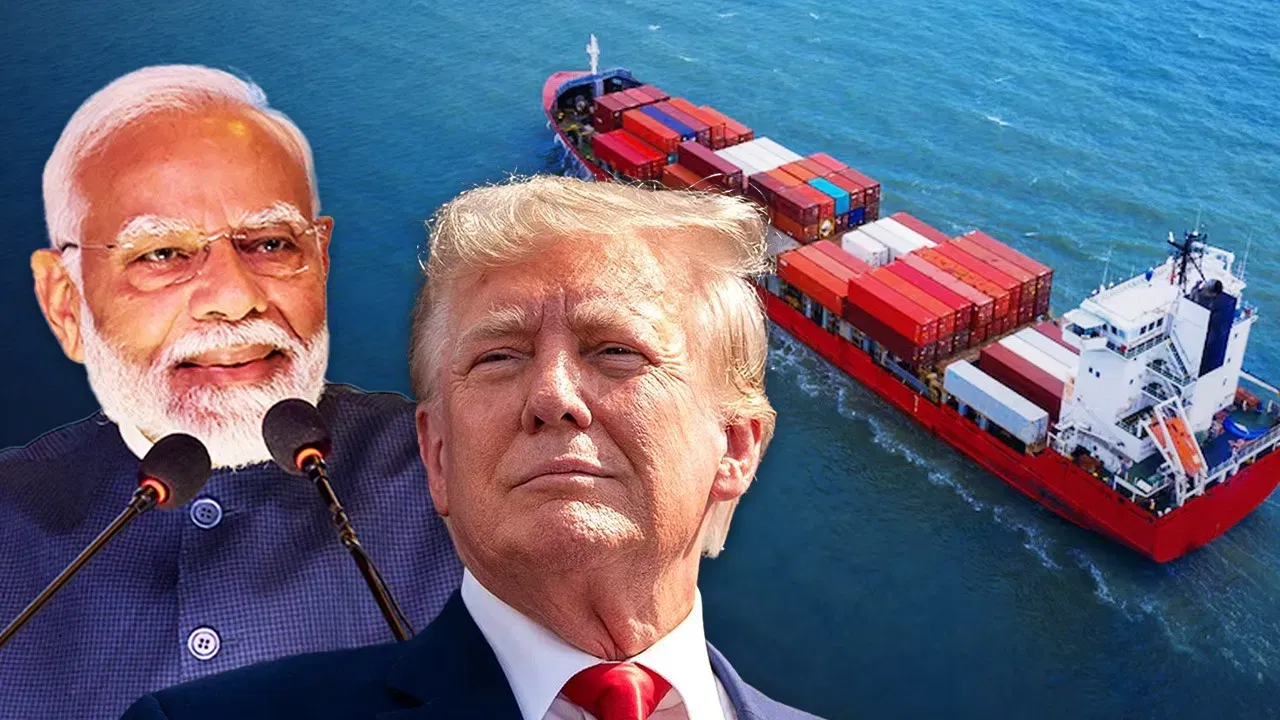The US has issued a notification to impose an additional 25 tariff on India. On August 27, India will be targeted from 12 o’clock in the US time. After this, the tariff on products going from India to America will increase to 50 percent. This will directly affect the products of India which are sent to America. The special thing is that this new tariff has been imposed due to India’s importing crude oil from Russia. With this step, India’s ‘China Plus One’ strategy can be shocked. Because now India will not be able to remain as competitive in American markets as before. At the same time, Southeast Asian countries have around 20 percent tariffs from America, which is far better than in India.
Will 50% tariff be permanent?
The US says that this tough step has been taken on India due to the Russia-Ukraine war, but experts believe that this additional tariff may be temporary at the moment. The question is when and how India will be able to reduce this tax. Last year, India extended the purchase of crude oil from Russia beyond China. However, later some softness was brought in it. India’s strategy was that oil prices should be controlled and long -made relationships with Russia should also be strong. But India’s priority in terms of trade is still with Western countries like America and Europe, not with BRICS countries like Russia, Brazil, China. Currently, the price of annual exports to the US to the US is higher than the total export of BRICS countries. At the same time, India has a huge trade deficit with BRICS, in which half the deficit is from China.
These sector may loss
Manufacturing became India’s weak link
If 50 percent of tariffs are applicable, then the biggest loss will be to India’s labor-intensive manufacturing sector. India’s total exports to the US are about $ 79 billion, of which about $ 45 billion is of goods that will bear this high tax. These include areas like clothes, jewelery. The government has said to improve GST to handle this loss. Along with this, the option of reduction in interest rates has also been kept so that domestic demand remains. Banks and state governments will support the affected sectors. Along with this, India’s credibility is also getting better, as S&P has shown India’s long -term credit rating. Nevertheless, the government may have to take more loans to cut tax and help. Its weight will be felt soon.
Also read- Trump’s tariff bomb: GDP- Jobs will be reduced, this will affect the economy
Looking for new paths in the long term
India has intensified the free trade agreement (FTA) negotiations with the European Union (EU), while the United Kingdom (UK) is also being compromised. However, some large areas like agriculture, dairy and automobile are still safe. India’s biggest challenge is to provide formal employment to the large manpower of 596 million people, which will be more than 720 million in the coming decades. Currently, only 11 percent of those working formally in India are.
The biggest risk is that India’s information will cause major losses from any possible tax or ban on technology and pharmaceutical sector. If American tariffs remain at this level, foreign investment can be reduced, especially in the manufacturing sector, which is already slow. Although India’s large domestic market will continue to attract investors, but companies exporting to America will lose India less because of tariffs.
This challenge is in front of the government
It is important for India to make a strong strategy on diplomatic and economic front to reduce tax from America. Also, there is a need to accelerate land, labor, and market reforms at the domestic level so that India can increase its manufacturing capacity and does not lag behind in global competition. This challenge can also be an opportunity for India. Due to external pressure, India will get a chance to implement the necessary reforms quickly, which will make the country’s economy strong long term.
